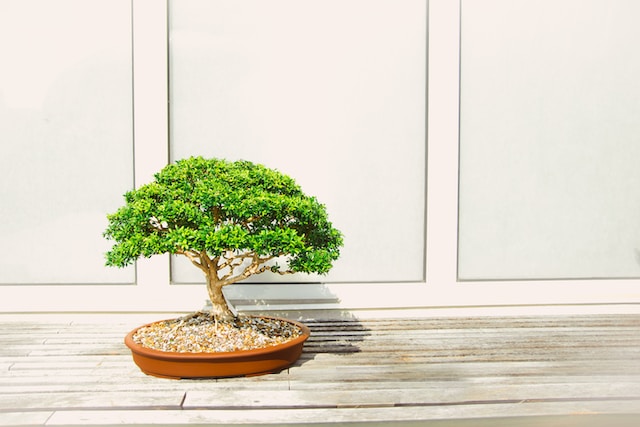Bonsai is a Japanese art form that uses trees grown in containers to create miniature landscapes. It is based on an older Chinese art called penjing, which means “tray scenery”. Bonsai and penjing both aim to capture the beauty and essence of nature in a small space. Here is a brief history of bonsai in simple words:
- The origin of bonsai can be traced back to China, where people started to grow dwarf trees in pots over 1,000 years ago. They called this practice pun-sai, which means “pot plant”. They also made miniature rock gardens with plants and stones in shallow dishes. They believed that these miniatures had magical powers and could bring good luck and fortune.
- Bonsai was introduced to Japan in the 6th century by Buddhist monks and diplomats who traveled to China. They brought back some of these potted trees and rock gardens as gifts and souvenirs. The Japanese were fascinated by this art and adapted it to their own culture and aesthetics. They named it bonsai, which means “tray planting” in Japanese.
- Bonsai became popular in Japan among the nobility and the samurai class. They developed different styles and techniques to shape and prune the trees. They also used native species of trees and plants that suited the Japanese climate and landscape. They created bonsai that reflected the seasons, the elements, and the Zen philosophy of simplicity and harmony.
- Bonsai spread to other parts of Asia and eventually to Europe and America. It became a global hobby and art form that attracted many enthusiasts and admirers. Today, there are many bonsai clubs, societies, museums, and exhibitions around the world. Bonsai is also a source of inspiration for artists, writers, poets, and musicians.
I hope this summary helps you understand the history of bonsai in simple words. If you want to learn more, you can check out these links:




